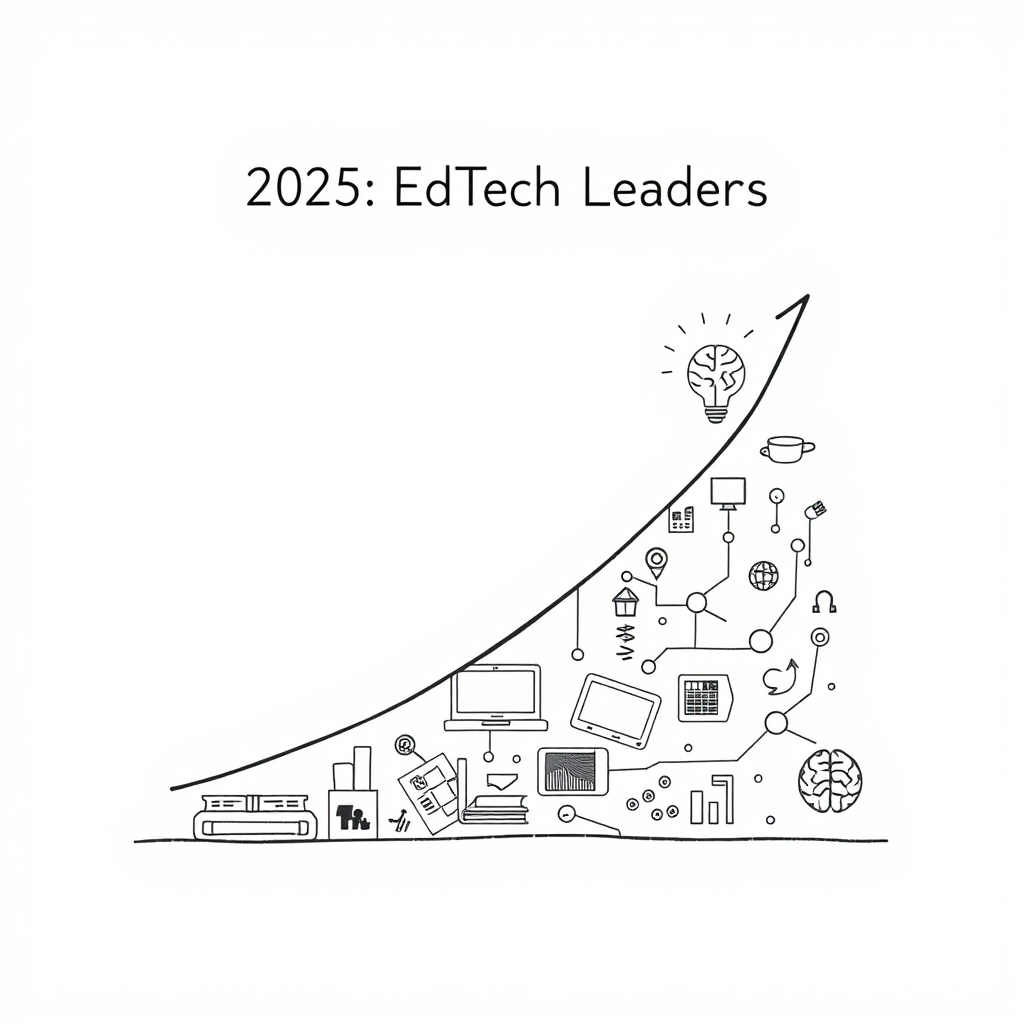The Top EdTech Companies Shaping 2025 Revealed

TIME and Statista have jointly released their second annual ranking of the World’s Top EdTech Companies, identifying 350 businesses driving innovation in educational technology. The comprehensive study, released recently, aims to spotlight companies not just generating revenue, but demonstrably impacting the future of learning. It’s a valuable exercise, though the inherent limitations of any ranking – particularly one relying heavily on publicly available data – should be kept in mind.
The methodology centers on a two-pronged approach: financial strength and industry impact. Statista, a leading data and market research firm, gathered information on over 7,000 companies, utilizing desk research, direct applications from companies, and partnerships with HolonIQ and LexisNexis. Revenue, employee numbers, and funding rounds contributed to the financial strength score, while industry impact was assessed through product quality, intellectual property portfolios, and web traffic relevance.
The final ranking assigns a weight of 70% to financial strength and 30% to industry impact, a balance that arguably prioritizes established financial performance over disruptive potential. While financial stability is undoubtedly important, a greater emphasis on innovation and demonstrable learning outcomes could offer a more nuanced view of true leadership in the EdTech space.
Beyond the core list, TIME and Statista also unveiled a “Rising Stars Ranking,” identifying companies with the highest revenue growth over the past three years. This secondary list, limited to companies under 10 years old with at least $1 million in 2022 revenue and over 20% growth, provides a glimpse into the next generation of EdTech leaders.
It’s crucial to note the limitations outlined by TIME and Statista. The analysis is based on data available up to March 14, 2025, and doesn’t account for subsequent developments. Furthermore, the ranking only includes companies meeting specific criteria, and the absence of a company shouldn’t be interpreted as a negative assessment of its quality.
Ultimately, this ranking serves as a useful snapshot of the EdTech landscape, highlighting key players and emerging trends. However, it should be viewed as one piece of the puzzle, alongside other sources of information, when evaluating the potential of these companies and their impact on the future of education. The focus on quantifiable metrics, while necessary, doesn’t fully capture the qualitative aspects of effective educational technology – things like student engagement, teacher satisfaction, and long-term learning outcomes.